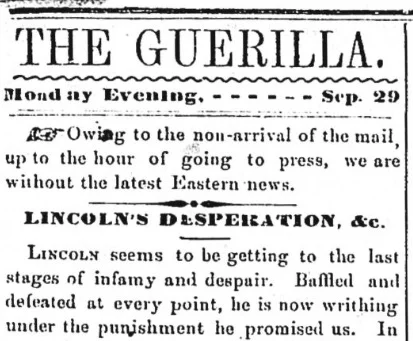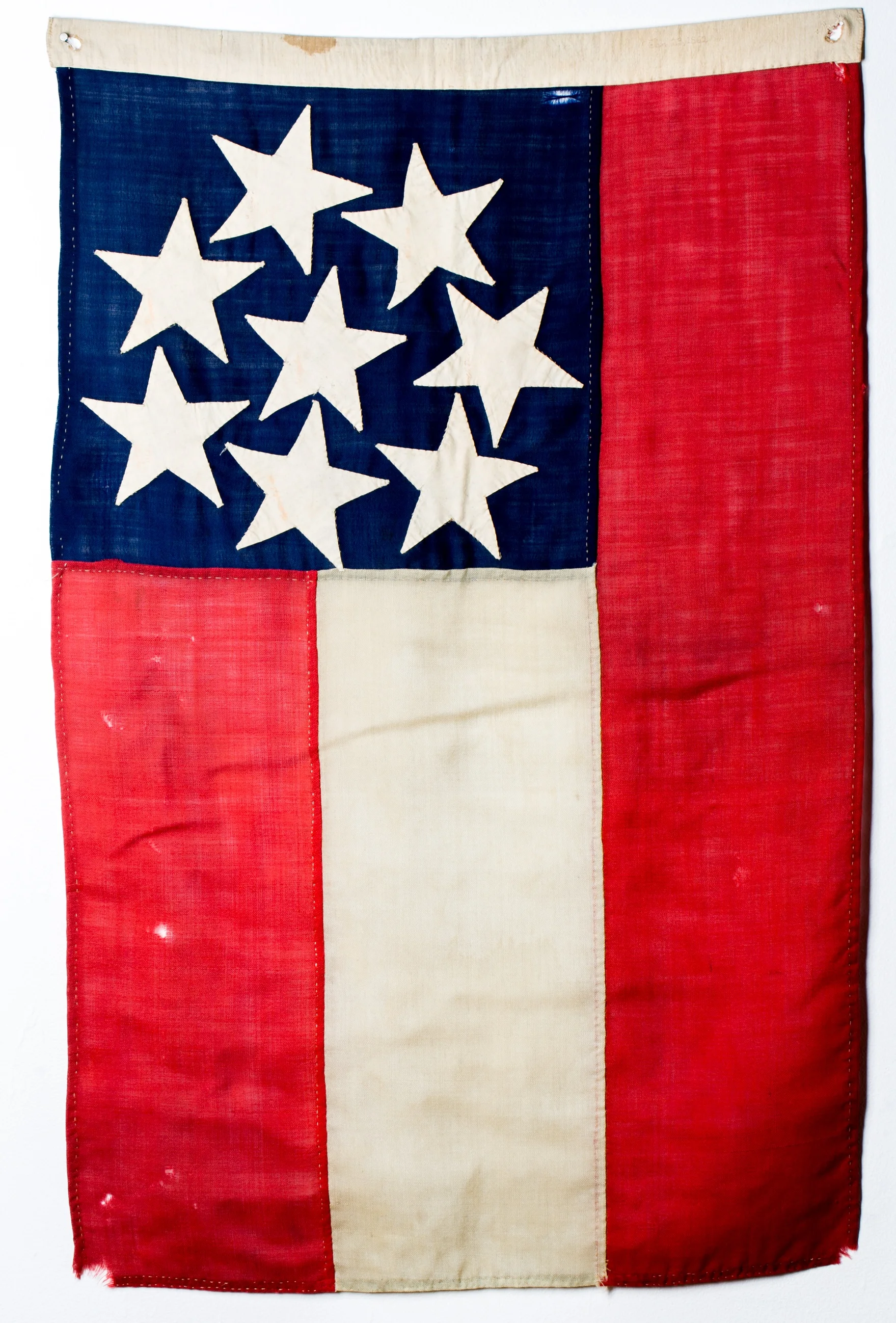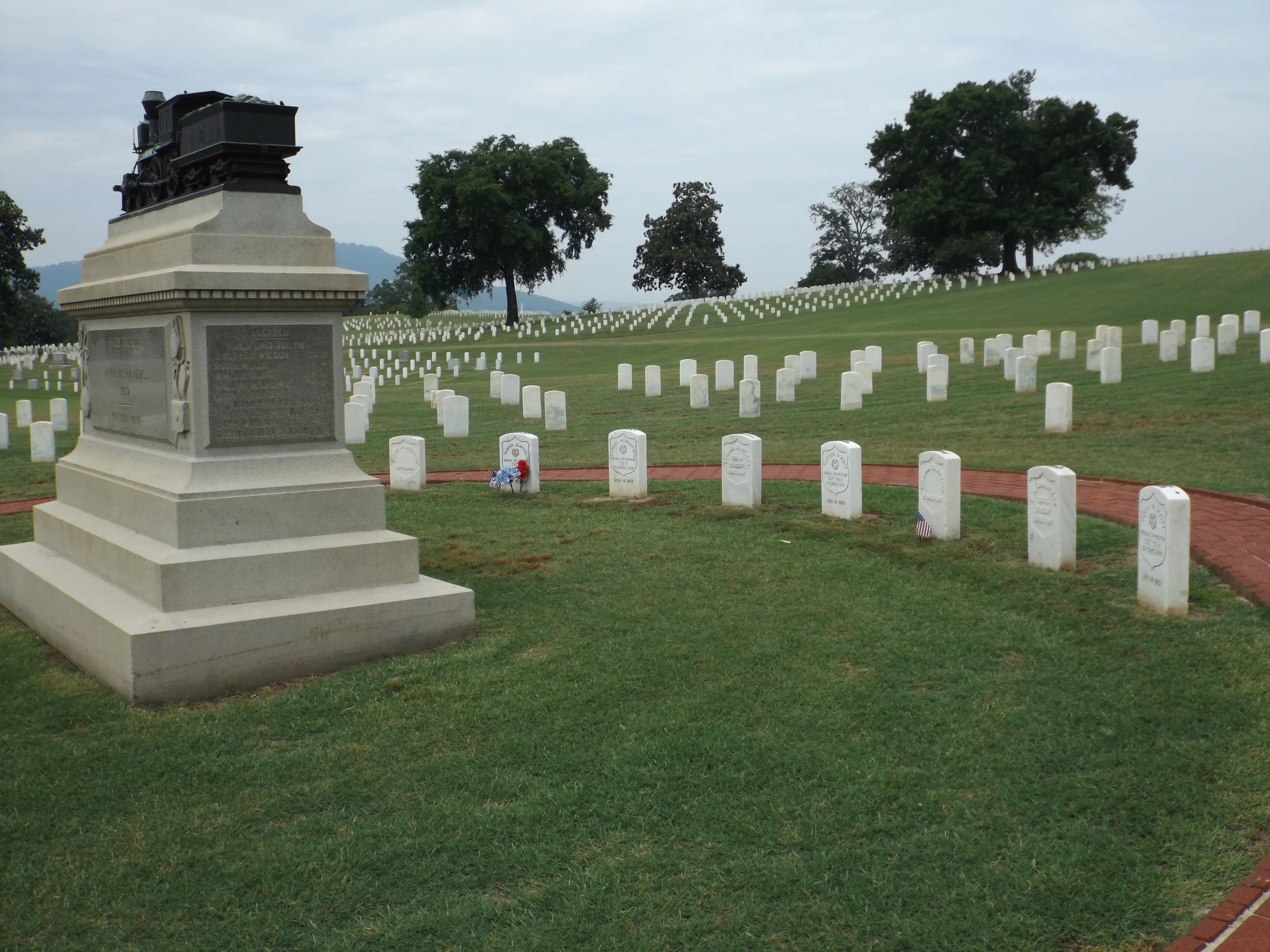The Plight and Flight of Unionist Edwin R. McGuire: Divided Loyalties and Violence in Independence County, Arkansas
/On Friday, December 4, 1863, Missouri Corporal John Winterbottom scribbled in his diary that just days before, “20 Rebels attacked the house of a rich unionist 10 miles West of here, by the name of McGuire. He killed two of the Rebels and then made his escape with a slight wound. The Rebels then burned his house, which was the finest in the country.”
The plight of Edwin McGuire and his family owed itself to the confused communal politics and military landscape of Independence County, Arkansas during the American Civil War…
Read More




















